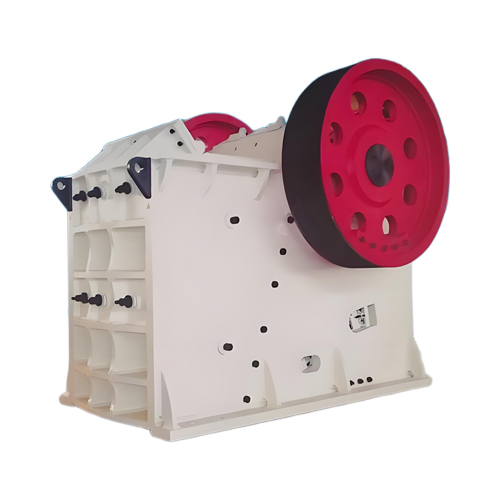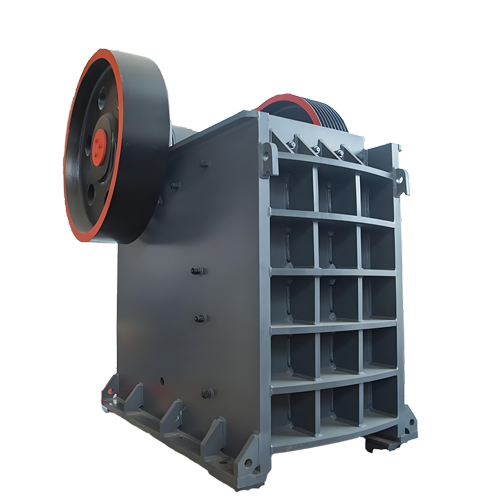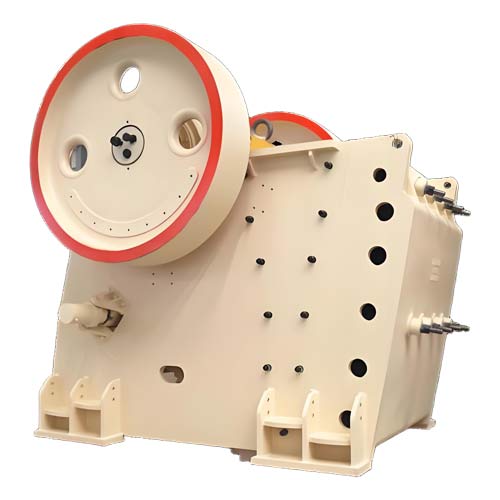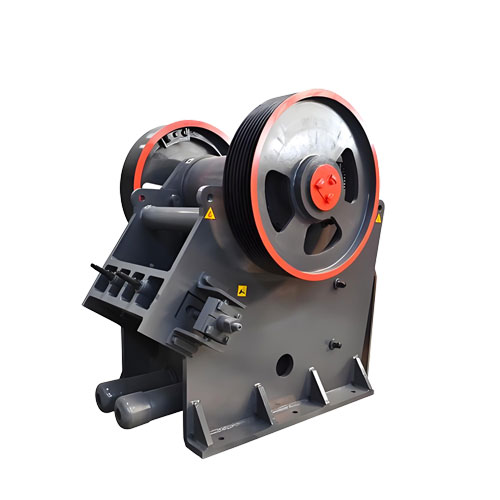Precautions for commissioning of basalt vertical mill equipment
Equipment commissioning must strictly follow the three stages of no-load, load, and performance: no-load test to check basic parameters such as motor direction and bearing temperature rise; load test to gradually add material to optimize speed and particle size; performance test to record key indicators such as energy consumption and output to ensure compliance with standards.

Equipment debugging precautions
The commissioning is divided into three stages: no-load test, load test and performance test, which need to be carried out step by step:
1. No-load test run (no material operation)
● Inspection items:
○ Check whether the motor rotation direction is correct (the main motor rotation direction should be consistent with the equipment identification).
○ The temperature rise of each bearing is ≤30℃ (ambient temperature +30℃), and the vibration value is ≤4mm/s.
○ The oil pressure and temperature of the lubrication system are normal, and there is no oil leakage.
○ The hydraulic system (if any) has stable pressure and sensitive operation.
● Test run time: Run continuously for 2-4 hours, record various parameters and confirm that there are no abnormalities.
2. Load test (gradual addition of material)
● Material feeding control:
○ Start with a small feed rate (10%-20% of the designed capacity) and gradually increase to full capacity.
○ Observe the changes in mill current to avoid overload operation.
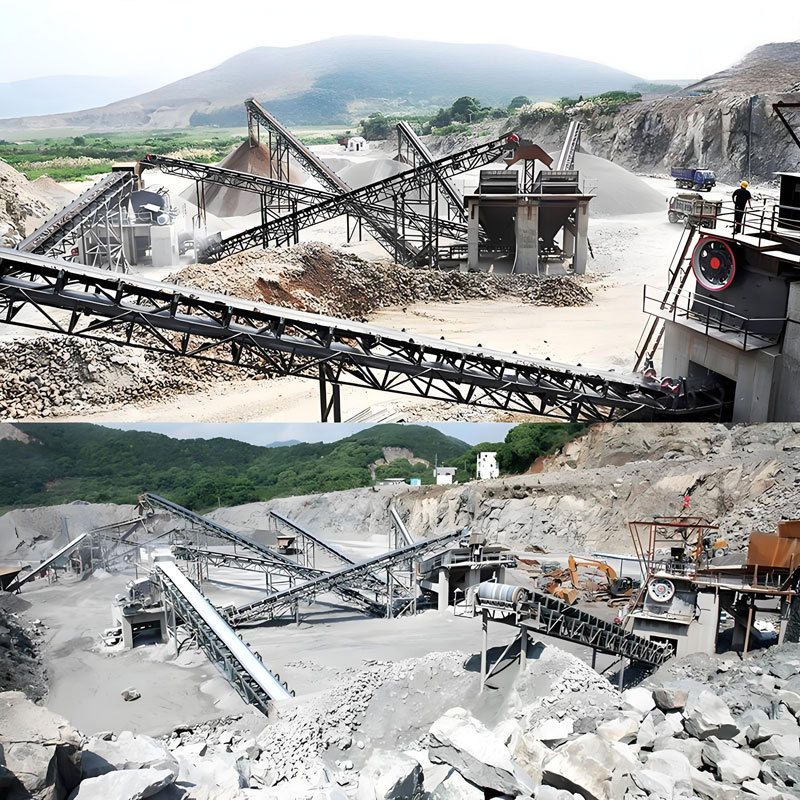
● Parameter adjustment:
○ Adjust the grinding disc speed and classifier wind speed to optimize the finished product particle size.
○ Check the efficiency of the powder classifier to avoid over-grinding.
● Detection indicators:
○ Whether the particle size of the finished product meets the requirements and whether the output meets the standards.
○ Whether the system noise and vibration are within the design range.
○ Check whether the pressure and temperature of the dust removal system are normal.
3. Performance testing and optimization
● Key parameter records:
○ Unit energy consumption, output, finished product fineness, dust emission concentration, etc.
○ Compare the technical parameters in the contract to confirm whether they meet the standards.
● Problem handling:
○ If the output is found to be below the standard, check the material fluidity, grinding disc wear or classifier parameters.
○ If the vibration is too large, check the stability of the foundation, transmission alignment or grinding roller balance.
Related Products
Inquiry
Please leave us your requirements, we will contact you soon.


